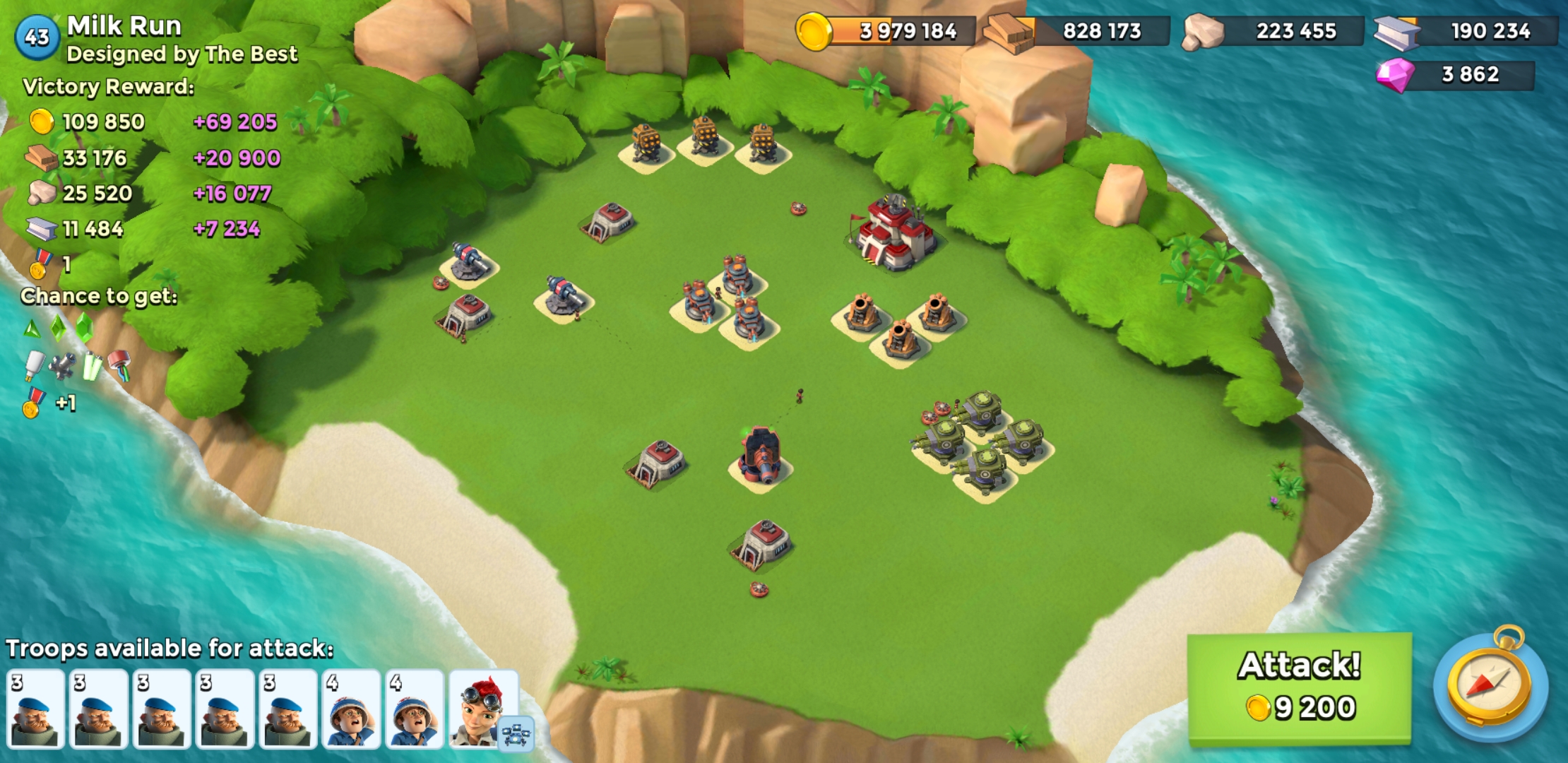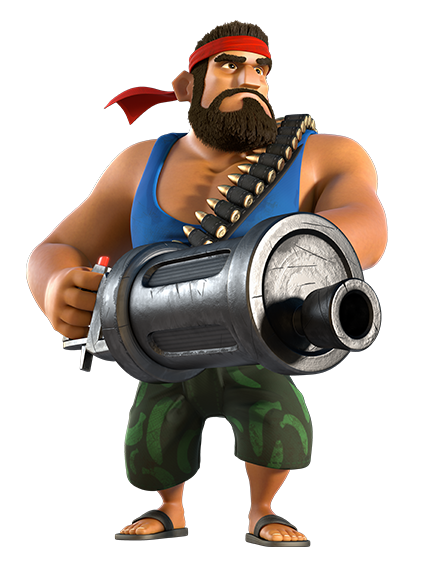
Īll eight Balikpapan-class vessels were constructed by Walkers Limited at their shipyard in Maryborough, Queensland. The LCHs can mate their bow ramp to the stern loading dock of the RAN's large amphibious warfare ships when operating in the ship-to-shore role. The flat, box-like keel causes the ships to roll considerably in other-than-calm conditions, limiting their ability to make long voyages. The vessel's payload affects the range: at 175 tons of cargo, each vessel has a range of 1,300 nautical miles (2,400 km 1,500 mi), which increases to 2,280 nautical miles (4,220 km 2,620 mi) with a 150-ton payload, and 3,000 nautical miles (5,600 km 3,500 mi) when unladen. As a troop transport, a Balikpapan class vessel can transport up to 400 soldiers between a larger amphibious ship and the shore, or embark 60 soldiers in six-berth caravans for longer voyages.

The LCHs have a maximum payload of 180 tons equivalent to three Leopard 1 or two M1A1 Abrams tanks, 13 M113 armored personnel carriers, 23 quarter-tonne trucks, or four LARC-V amphibious cargo vehicles. They are fitted with two 12.7-millimetre (0.50 in) machine guns for self-defence. The sensor suite is limited to a Racel Decca Bridgemaster I-band navigational radar. The standard ship's company is 16-strong, including two officers. These were replaced by Caterpillar 3406E diesel engines between 20 for those still in Australian service. They were originally built with two General Motors Detroit 12–71 diesel motors.
BOOM BEACH LANDING CRAFT HEAVIES FULL
The landing craft have a standard displacement of 320 tons, with a full load displacement of 517 tons. They are 44.5 metres (146 ft) long, with a beam of 10.1 metres (33 ft), and a draught of 2 metres (6 ft 7 in). M-113 armoured personnel carriers disembarking on a beach from a Balikpapan-class landing craftĮight new heavy landing craft were ordered in 1969 as a locally manufactured replacement for the Australian Army's four LSM-1-class landing ship medium and two ALC 50 landing craft after the Landing Ship Medium Mark II project was cancelled. Three additional units of the class - decommissioned units former HMAS Balikpapan, HMAS Wewak and HMAS Betano - were loaded on a transport ship in March 2016 for transport to the Philippine Navy. Brunei and Tarakan were refitted and donated to the Philippine Navy in 2015, commissioning as Itavan and Batak. As of 2013, the two PNGDF vessels were active, and in 2014, the former Labuan was transferred to Papua New Guinea as the training ship HMPNGS Lakekamu. They are yet to be replaced in RAN service. The six remaining RAN vessels were paid off in the 2010s: Balikpapan, Betano, and Wewak in 2012 Brunei, Labuan, and Tarakan in 2014. During the leadup to the independence of Papua New Guinea in 1975, two of the vessels ( HMPNGS Salamaua and HMPNGS Buna) were transferred to the new Papua New Guinea Defence Force (PNGDF).ĭuring their careers, the Australian vessels have operated in support of Operation Navy Help Darwin in 1974–1975, Operation Bel Isi from 1997 to 2003, INTERFET operations in 19, and RAMSI operations from 2003. A reorganisation of watercraft responsibilities in the Australian military meant the landing craft were to be operated by the Royal Australian Navy (RAN), with seven commissioned directly into RAN service during 19, and lead ship Balikpapan transferred from the army to the navy. All eight were originally laid down by Walkers Limited for the Australian Army in the early 1970s. The Balikpapan class is a ship class of eight heavy landing craft (officially Landing Craft, Heavy or LCH).


Racal Decca Bridgemaster I-band navigational radar 2 × Caterpillar 3406E diesel engines (RAN since 2005).2 × General Motors Detroit 12–71 diesel motors (original).Walkers Limited at Maryborough, Queensland


 0 kommentar(er)
0 kommentar(er)
